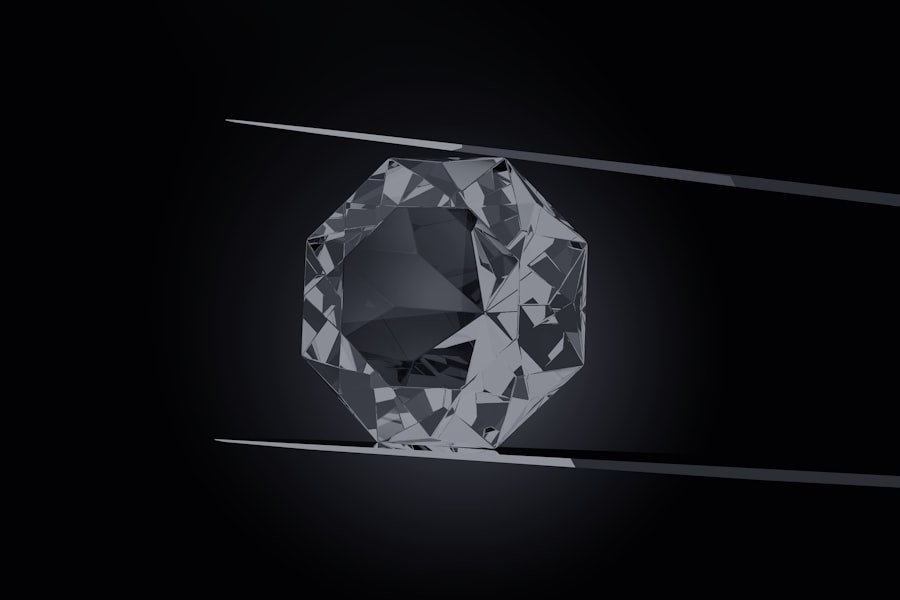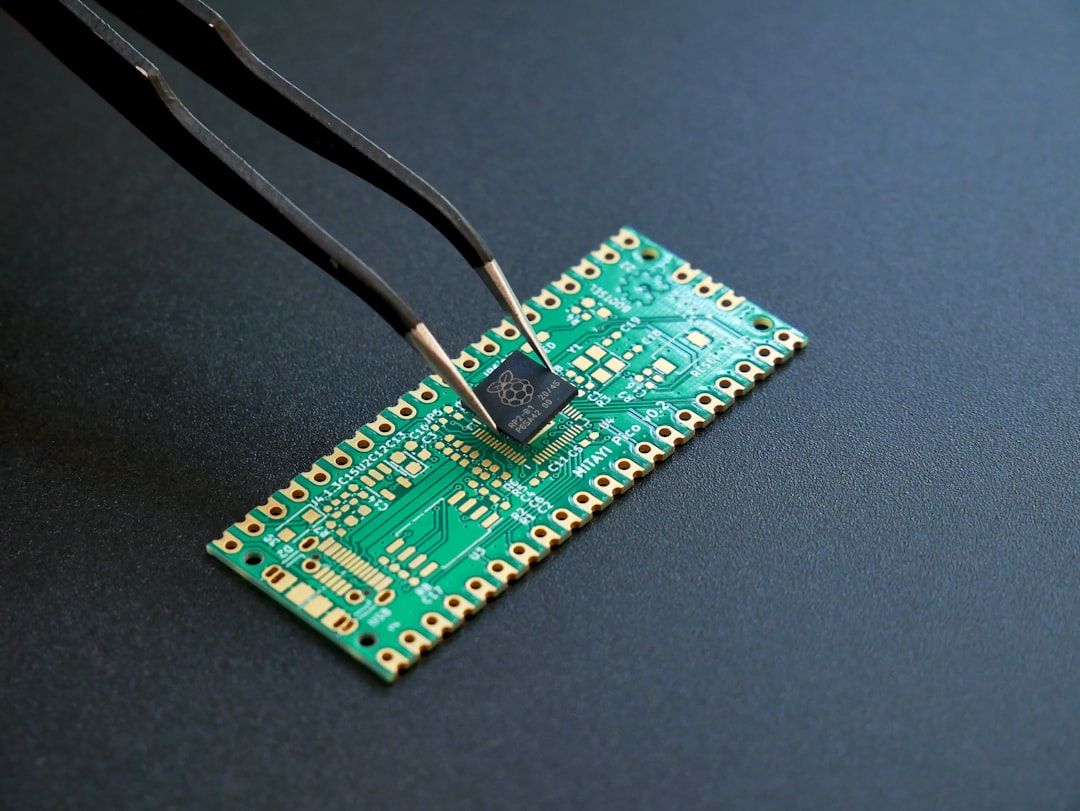When you embark on the journey of laser hair removal, you are likely filled with anticipation and excitement about the prospect of smooth, hair-free skin. However, as you progress through the treatment sessions, you may notice the presence of dead hairs that linger even after the procedure. Understanding how to effectively remove these dead hairs is crucial for achieving the best results from your laser hair removal experience.
This article will guide you through the process of identifying, preparing for, and safely removing dead hairs post-treatment, ensuring that you can enjoy the full benefits of your investment in laser hair removal. The process of removing dead hairs after laser treatment is not just about aesthetics; it also plays a significant role in maintaining skin health. Dead hairs can become trapped in the skin, leading to irritation or even ingrown hairs if not addressed properly.
By learning how to manage these remnants effectively, you can enhance your overall skin condition and enjoy a smoother appearance. This article will provide you with essential insights and practical tips to help you navigate this aspect of your laser hair removal journey.
Key Takeaways
- Laser hair removal is a popular method for long-term hair reduction, but dead hairs may remain after treatment.
- Understanding the laser hair removal process is essential for identifying and removing dead hairs effectively.
- Dead hairs can be identified by their color and texture, and they can be safely removed with proper preparation of the skin.
- Preparing the skin for dead hair removal involves exfoliation and moisturization to ensure a smooth and gentle process.
- Tools and techniques for removing dead hairs include tweezers, exfoliating gloves, and gentle scrubbing to avoid irritation and ingrown hairs.
Understanding the Laser Hair Removal Process
To fully appreciate the importance of removing dead hairs after laser treatment, it is essential to understand how laser hair removal works. The procedure involves using concentrated beams of light to target and destroy hair follicles, effectively inhibiting future hair growth. During the treatment, the laser energy is absorbed by the pigment in the hair, which generates heat and damages the follicle.
This process is designed to be precise and efficient, allowing for a significant reduction in hair growth over time. As you undergo multiple sessions, you may notice that not all hairs are removed simultaneously. Hair grows in cycles, and laser treatment is most effective on hairs that are in the active growth phase.
Consequently, some hairs may remain in a dormant state or may not have been targeted during your session.
Understanding this cycle will help you manage your expectations and recognize that some maintenance may be necessary after your treatments.
Identifying Dead Hairs and Their Removal

Identifying dead hairs can be a straightforward process if you know what to look for. After your laser treatment, you may notice that some hairs appear to be loose or are easily pulled out with minimal effort. These are typically the dead hairs that have been affected by the laser but have not yet shed from the skin’s surface.
You might also observe that these hairs may appear discolored or thinner than healthy hairs, indicating that they are no longer viable. Once you’ve identified these dead hairs, it’s important to approach their removal with care. Gently pulling them out with clean fingers or using a pair of tweezers can be effective, but you should avoid excessive force to prevent irritation or damage to the surrounding skin.
If you find that some hairs are stubborn and do not come out easily, it may be best to leave them alone until they naturally shed. Patience is key in this process, as rushing can lead to unnecessary discomfort or complications.
Preparing the Skin for Dead Hair Removal
| Metrics | Results |
|---|---|
| Number of clients | 50 |
| Preparation time per client | 10 minutes |
| Percentage of clients satisfied with preparation | 95% |
| Number of skin reactions | 2 |
Before attempting to remove dead hairs, preparing your skin is essential for ensuring a smooth and safe experience. Start by cleansing the area thoroughly with a gentle cleanser to remove any dirt, oil, or product buildup. This step will help minimize the risk of infection and create a clean canvas for hair removal.
After cleansing, consider exfoliating the skin lightly to help loosen any trapped dead hairs. A mild exfoliating scrub or a soft washcloth can work wonders without causing irritation. Once your skin is clean and exfoliated, it’s crucial to hydrate it adequately.
Applying a soothing moisturizer or aloe vera gel can help calm any potential redness or sensitivity resulting from the laser treatment. Hydrated skin is more resilient and less prone to irritation during the hair removal process. Additionally, ensure that your hands and any tools you plan to use are clean to prevent introducing bacteria into the area.
Tools and Techniques for Removing Dead Hairs
When it comes to removing dead hairs after laser treatment, having the right tools can make all the difference. A pair of high-quality tweezers is often the go-to tool for this task, as they allow for precision and control when grasping individual hairs. Opt for tweezers with a slanted tip for better grip and accuracy.
If you prefer a more comprehensive approach, consider using an epilator designed for sensitive skin; however, be cautious as these devices can sometimes cause irritation. In addition to tools, employing proper techniques is vital for effective hair removal. Start by gently grasping a dead hair close to its base with your tweezers and pulling it out in the direction of hair growth.
This method minimizes trauma to the skin and reduces the likelihood of ingrown hairs. If you encounter resistance, do not force the hair out; instead, allow it time to shed naturally or consult a professional for assistance.
Post-Treatment Care for Dead Hair Removal
After successfully removing dead hairs, your focus should shift to post-treatment care to ensure your skin remains healthy and irritation-free. Begin by applying a soothing lotion or cream to the area where you removed the hairs. Look for products containing ingredients like chamomile or calendula, which are known for their calming properties.
This step will help reduce any redness or sensitivity that may arise from the removal process. Additionally, it’s essential to protect your skin from sun exposure following hair removal. The treated area may be more sensitive than usual, making it susceptible to sunburn or pigmentation changes.
Apply a broad-spectrum sunscreen with at least SPF 30 before heading outdoors, and consider wearing protective clothing if you plan to be in direct sunlight for an extended period. Taking these precautions will help maintain your skin’s health and appearance as you continue your laser hair removal journey.
Potential Risks and Precautions
While removing dead hairs after laser treatment can be beneficial, it’s important to be aware of potential risks involved in this process. One common concern is irritation or inflammation of the skin, especially if excessive force is used during hair removal. To mitigate this risk, always handle your skin gently and avoid aggressive techniques that could lead to redness or discomfort.
Another potential issue is the development of ingrown hairs, which can occur if dead hairs are not removed properly or if new hair growth becomes trapped beneath the skin’s surface. To prevent ingrown hairs, ensure that you are using clean tools and techniques that minimize trauma to the skin. If you notice signs of ingrown hairs—such as bumps or redness—consider consulting a dermatologist for advice on how to treat them effectively.
Conclusion and Final Tips for Dead Hair Removal
In conclusion, managing dead hairs after laser treatment is an important aspect of achieving optimal results from your hair removal journey. By understanding the laser hair removal process and recognizing how to identify and remove dead hairs safely, you can enhance your overall experience and maintain healthy skin. Remember that preparation is key; always cleanse and hydrate your skin before attempting any hair removal techniques.
As you continue on this path toward smooth skin, keep in mind that patience is essential. Not every dead hair will come out immediately, and some may require time to shed naturally.
Embrace this journey with confidence, knowing that each step brings you closer to achieving your desired results!
If you’re looking for more information on how to remove dead hairs after laser treatment, check out this helpful article on inlaserhairremoval.com. This article provides tips and techniques for effectively removing dead hairs post-laser treatment, ensuring smooth and hair-free skin.
FAQs
What is laser hair removal?
Laser hair removal is a cosmetic procedure that uses a concentrated beam of light (laser) to remove unwanted hair. The laser targets the pigment in the hair follicles, damaging them and inhibiting future hair growth.
Why do dead hairs appear after laser hair removal?
After a laser hair removal treatment, the targeted hair follicles may shed the treated hairs. These hairs are often referred to as “dead hairs” and are a normal part of the hair removal process.
How can dead hairs be removed after laser hair removal?
Dead hairs can be removed by gently exfoliating the skin with a loofah or gentle scrub. It is important to avoid picking or pulling at the dead hairs to prevent irritation or damage to the skin.
Is it normal to experience dead hairs after laser hair removal?
Yes, it is normal to experience dead hairs after laser hair removal. This is a sign that the treatment is working and that the targeted hair follicles are shedding the treated hairs.
How long does it take for dead hairs to fall out after laser hair removal?
Dead hairs typically fall out within 1 to 3 weeks after a laser hair removal treatment. It is important to be patient and allow the shedding process to occur naturally.







